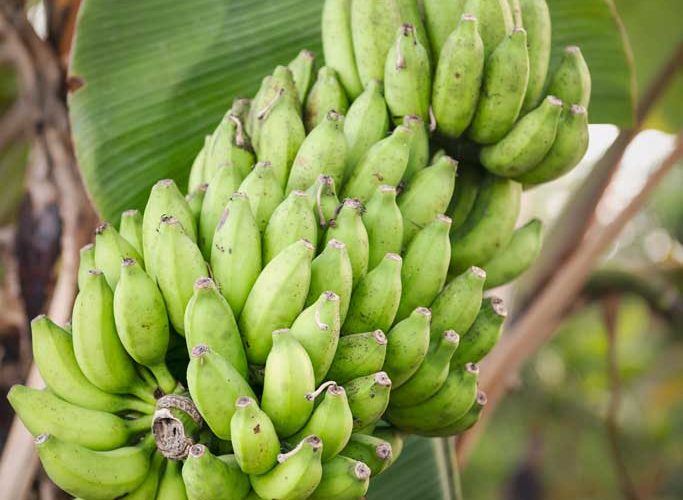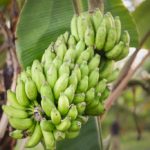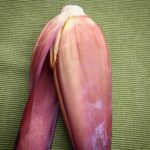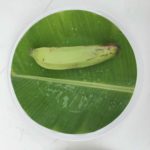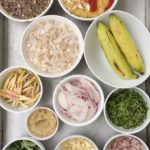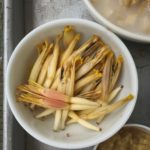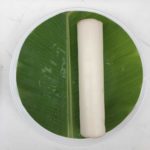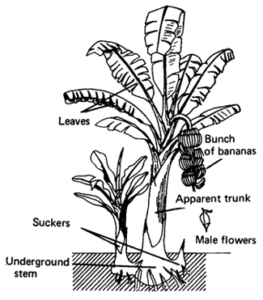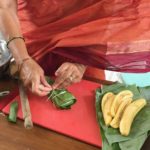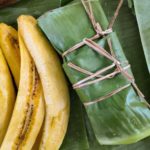Bananas are one of the most beloved foods in South India and South Indians take them very seriously. One friend in Kerala, Mr. Abraham, who you’ll meet a little further along in our storytelling, has six kinds of bananas growing in his backyard. Tamil Nadu is India’s largest banana growing state weighing in with a production of 5136 metric tonnes annually.
A good example of how particular Tamil people are about their bananas involves a day we went in search of some at a local market. We stopped at a stand only to have the seller turn us away because he did not have a banana that was ready to eat that day.
All his bananas that were ready for the day in question had been sold, and he could not, would not, sell us a banana that was not, in his opinion, perfectly ripe.
On one tour I hosted in Tamil Nadu and Kerala, my guests became so fond of bananas, that our guide, Prince Charles, went to the market and surprised us on our road trips – daily – with a new type. At the end of that particular trip, our bus driver slipped home to his own garden and surprised us all with fruit from his very own trees. He was so proud he could share them with a “bunch” of crazy Canucks who’d “gone bananas.”
Given the great affection for and abundance of bananas in Tamil Nadu, it should not come as a surprise that when we asked our friends in Mamallapuram to cook a true local favourite for us, they chose to showcase all their favourite ways to cook with bananas. Grande Bay Resort owner Sethuramen and his father Jenardanam, in particular, wanted to show us exactly how versatile this plant is. The people of South India use every part in their lives and in their cooking.
It was news to us that bananas are plants and not trees, as the diagram below clearly illustrates. They are in fact, a very large herb.
While they have a tree-like appearance, several leaves fold together make a false trunk. The stem of the plant grows underground and as one “tree” bears its fruit and dies, several suckers replace it. It takes about eight months for enough leaves to grow on one plant so that a bud will form. The bud turns into a long spike with both male and female flowers. The female flowers turn into bunches of fruit. All parts of the banana plant are edible.
Banana leaves are used to wrap foods for steaming or cooking in a fire. They impart flavour. They are also used as biodegradable plates throughout South India. The banana flower stem can be peeled and chopped into stews. In the male flower bud, there are little flowers hidden in its purple layers that can also be added to a variety of dishes. Each type of banana can be prepared in a myriad of delicious ways depending on whether it is sweet or more plantain-like and starchy.
Chefs Dirajh and Suresh of L’Attitude 49 restaurant at Grande Bay Resort, spent an afternoon joyfully teaching us recipes for Raw Banana Stem Kootu, Kuzhi Paniyaram and Raw Banana Chops. Follow along the next posts to see the chefs in action and join us in the joy of going bananas.

